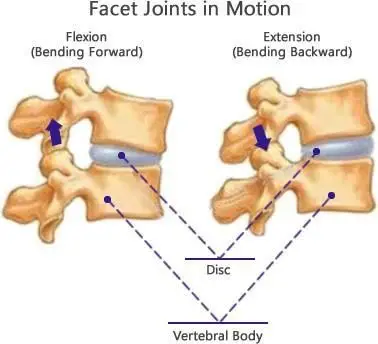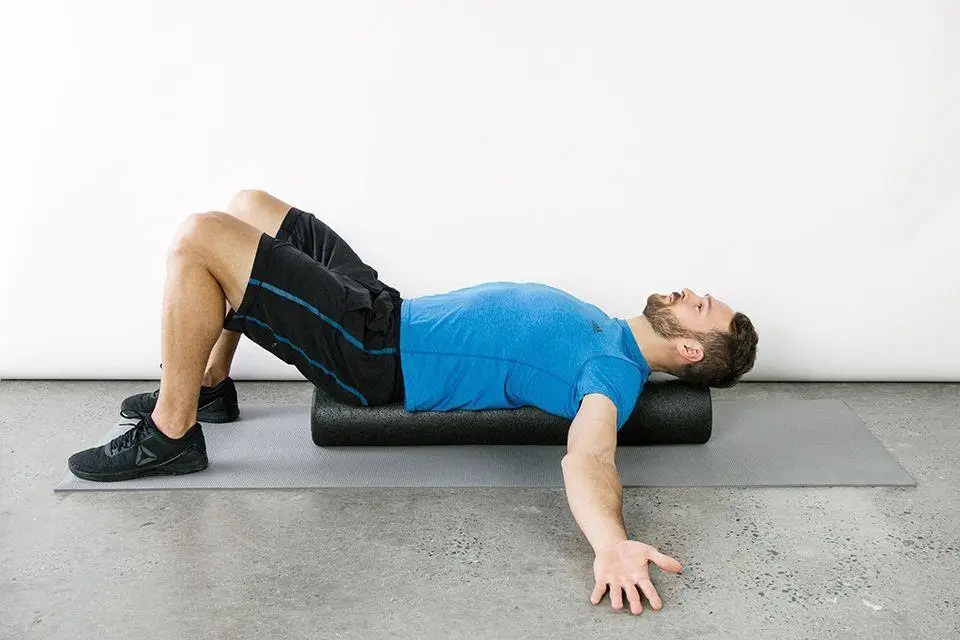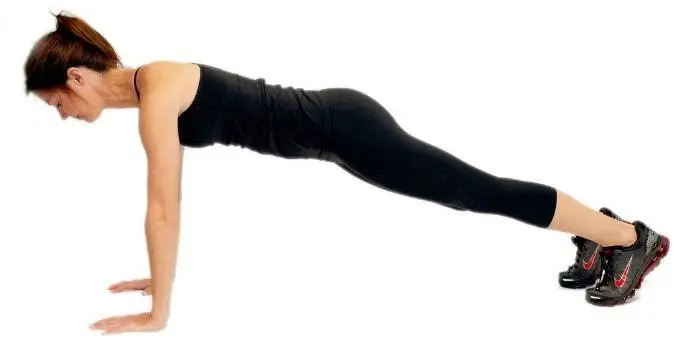Is Cracking Your Back Bad or Good?
What Spinal Structure is Cracking?
The spine is composed of 33 vertebrae. Each vertebra in the cervical, thoracic and lumbar spine articulates with the one sitting above and below it. In the sacrum and coccyx, the vertebrae are fused together. Vertebrae articulate with one another at the facet joints and it is in these joints that movement of the spine occurs when we bend in different directions. Ligaments and muscles hold the facet joints in place.
Joint movement is normally silent. When a joint is not moving freely it may make a popping sound or cracking sound noise. This occurs frequently following an accident or with age and is indicative of altered facet joint function, which can minimize your range of motion. It warrants attention. Just like a quiet, smoothly running car, a healthy facet joint function is silent.
A Cracking Back; What Makes the Noise?
When we pop a joint, carbon dioxide gas in the joint goes from a liquid to a gas phase. It is this change that creates the popping sound. This is known as cavitation. Joints that are stiff, arthritic, or experiencing functional imbalance may be unstable and this also creates noise. Classic examples of this are cracking in the neck, often following an accident, or noise in the shoulder, hip or sacroiliac joint (SI) with movement. This usually is indicative of joint instability.
Is Cracking Your Back Bad or Are There Benefits?
For healthy function of the musculoskeletal system there must be balance between the joints, the ligaments and the muscles. In addition, circulatory and neurological balance are essential. If we have imbalance, symptoms of pain or altered function will be present.
If a joint is stiff and hypomobile with diminished movement, the adjacent joints frequently have increased mobility to compensate and to maintain a normal range of movement. If we attempt to crack a stiff joint, it is usually the adjacent hypermobile joint that cracks, not the stiff one. This leads to further joint hypermobility and instability with negative consequences for the musculoskeletal system. Being too mobile is never a good thing. It ultimately can lead to instability which can contribute to chronic pain and disability. The key for a healthy musculoskeletal system is to have a balance of the joints, muscles and ligaments. An osteopath is trained to evaluate the musculoskeletal system with an expert eye, recognize the weaknesses, and develop a rehabilitation program using manipulation and exercise to improve joint function and relieve spine or other musculoskeletal pain.
Musculoskeletal Imbalance; What Creates It?
Trauma and poor posture with chronic postural stress are important reasons for developing chronic musculoskeletal problems and constant back pain.
Weakness in the stabilizing deep abdominal muscles and pelvis as well as tightness in the muscle groups of the legs add to imbalance.
Better Than Cracking Your Back; Exercise
The joints of the neck as well as the shoulder, low back and hip may make noise with movement. You can hear these noises when you make your back crack. It is usually painless, but indicates dysfunction of the joint.
The first step is to identify through careful clinical examination which joints are stiff and hypomobile. Imaging studies provide information about structural change, not functional change. An MRI may be totally normal or only show limited alteration. In addition, defining the muscles that are abnormally tight or weak and are responsible for imbalance is very important. Through exercise we can change the dynamic equilibrium by stretching the tight muscles and strengthening the weak. Well balanced joints are quiet.
Exercise These Muscle Groups to Diminish Back Cracking
- Correct postural stresses and imbalance. Foam roller exercise; neck stretches and shoulder stability.
- Increase core muscle strength and stability; transversus abdominis, gluteus medius and maximus.
- Stretch muscle groups of the legs; quadriceps, iliopsoas, IT Bands, gastrocnemius, achilles tendons.
Cracking Your Back
So, is cracking your back bad or good? Well, a cracking back is more a symptom rather than a treatment. It signifies the presence of instability in an area of the musculoskeletal system. Rather than repetitively trying to crack your back which usually only increases hypermobility and instability, recognize that it indicates that a region is not working smoothly and needs attention from a specialist. All factors leading to this instability need to be identified and a restorative home exercise program instituted.



